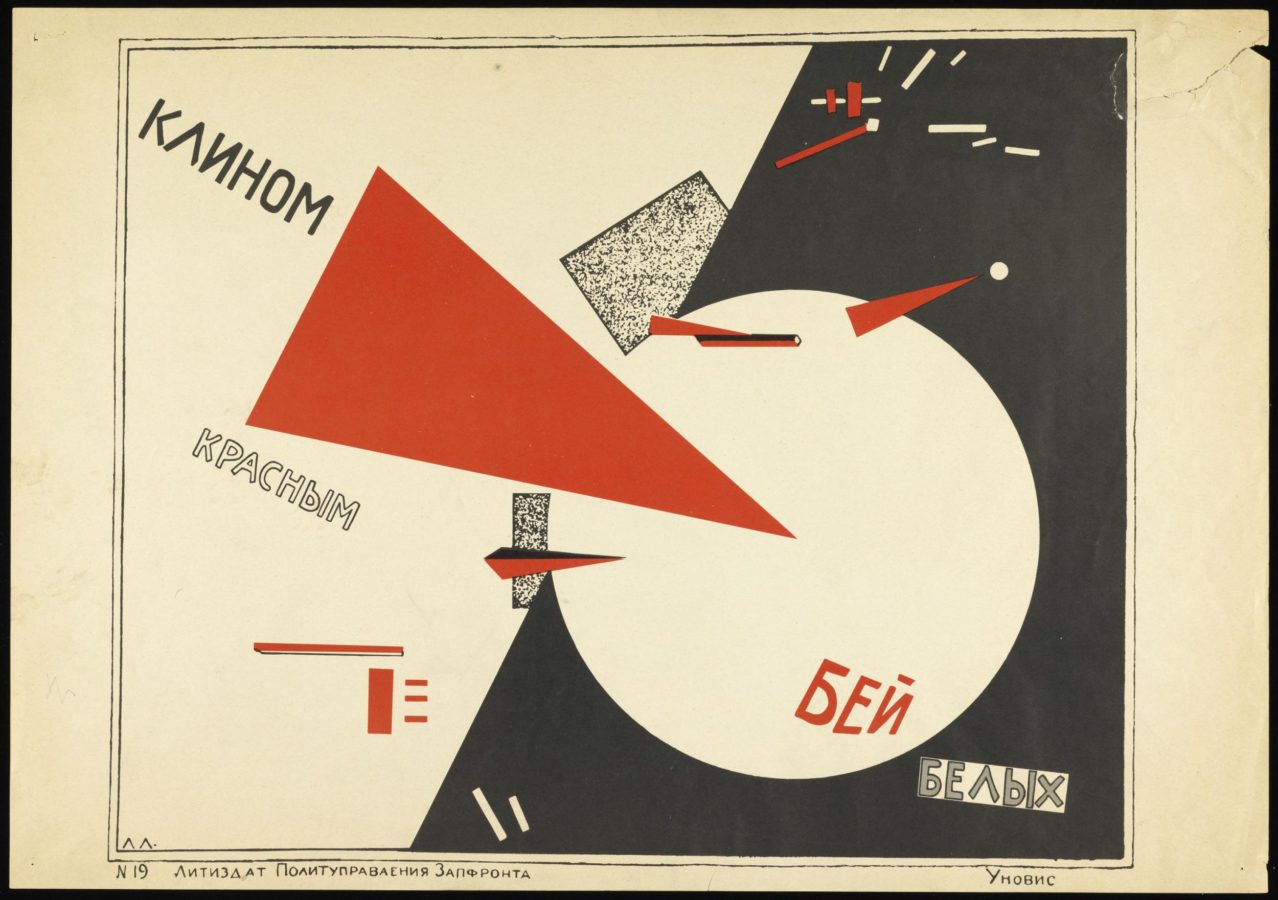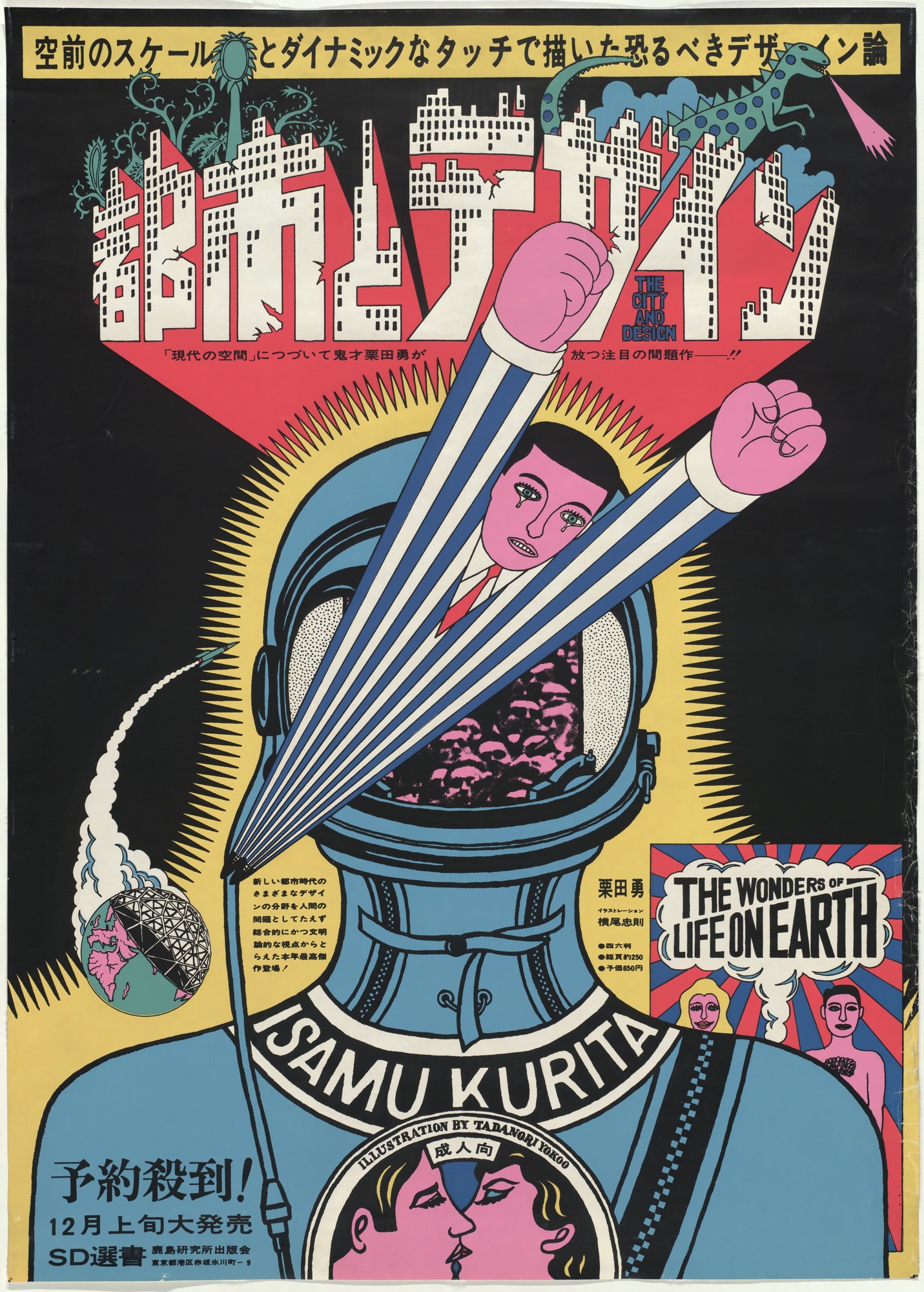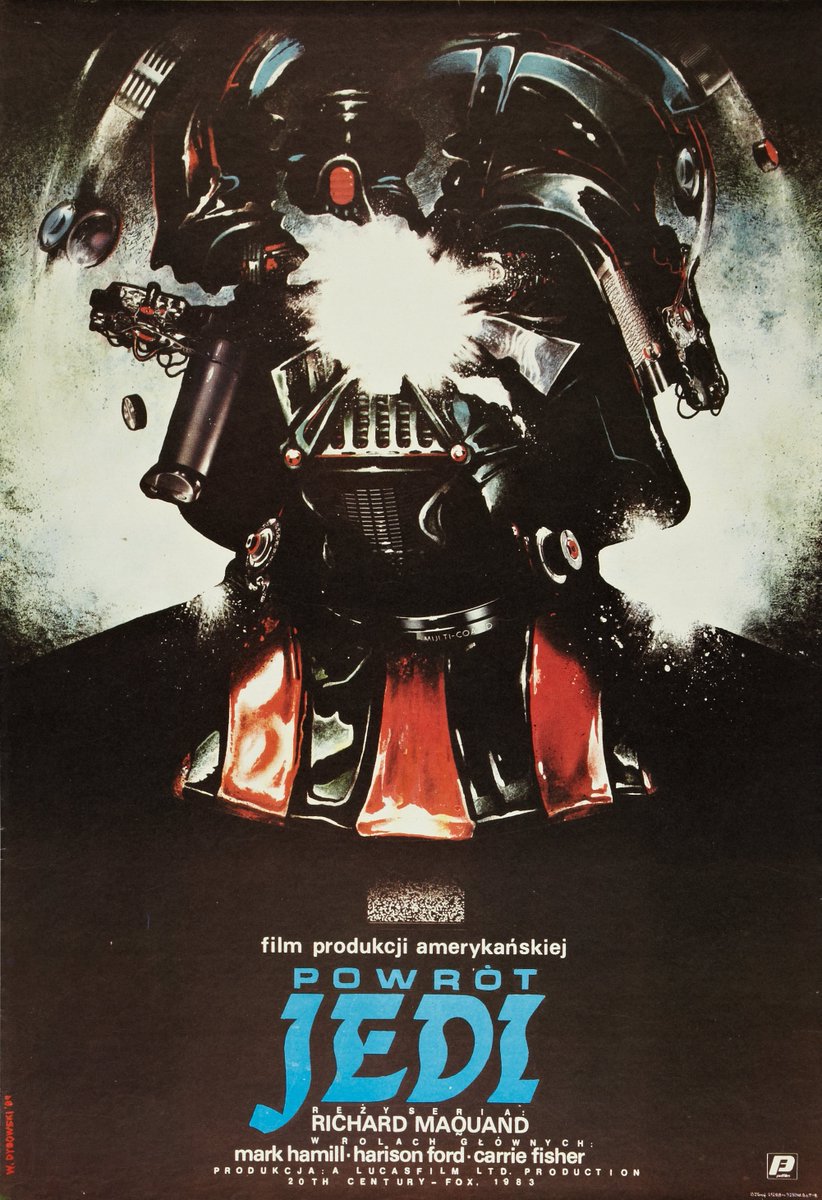A note
This is not meant to be a comprehensive history of the poster; that’ll become obvious as you read on︎. This is not a history class. Similarly, you do not need a comprehensive history of the poster in order to just start. You will not be tested on this stuff, it is meant to give you some more historical context for your own work, perhaps be a little inspirational. Another point is to make some connections between technological and cultural developments and how they impact aesthetic possibilities.What is a poster?
A poster is just a big-ass picture. That’s it. Sometimes it is drawn. Sometimes it is printed. Sometimes there are words, sometimes it is all words. Sometimes it is all images. Generally, because we’re talking about designing graphics, there will typically be typography involved.When is a poster?
First, there’s a ton of stuff that have influenced posters and graphic design before the commonly accepted beginning of the “poster” proper. - Bas-relief (“bah”) ︎A type of sculpture that is carved in such a way that it appears to emerge slightly from a flat surface. In the images below, note the scale, the combination of hieroglyphics on the Egyptian one, and the general use of the very graphic, almost video game-esque profile view. bas-relief from the Assyrian Lion Hunt of Ashurbanipal
- Frescos︎Frescos are a type of painting made in wet plaster, when they dry they are effectively “part” of the wall. This sense of scale and integration with architecture is my motivation for including them as an influence on the poster.
The Creation of Adam from the Sistine Chapel![]()
“White Angel” fresco from the Monastery Mileševo
![]()
- Woodblock prints︎ Japanese woodblock prints have much of the graphic power scene in graphic design of the 20th Century, as well as more direct associations like comic books. Note the balance of flatness and depth, as well as the economy in the use of color.
Takiyasha the Witch and the Skeleton Spectre, woodblock print, Utagawa Kuniyoshi![]() The Kabuki Actor Ichikawa Omezo I in the drama Shibaraku, woodblock print, Utagawa Toyokuni
The Kabuki Actor Ichikawa Omezo I in the drama Shibaraku, woodblock print, Utagawa Toyokuni![]()

bas-reliefs of Egyptian Gods, Temple of Haroeris and Sobeck; Kom Ombo, Egypt



Another 19th Century technology is wood type. Letters are cut out of pieces of wood for larger display type. This was cheaper than spending money on metal type of the same size. Due to advancements in routing technology in the late 18th century, greater accuracy was able to be achieved (as opposed to carving). Wood type posters are known for being type heavy, with many different ornate typefaces.



Another major period in posters is Russian Constructivism largely in the early 20th Century. Communism brough parallel developments in the world of graphics. Constructivist posters are heavily graphic, and rely on sans-serif typefaces. Constructivist imagery was highly influentual on the Bauhaus and thus, Modernist design.
Anonymous Russian Constructivist poster
![]()

El Lissitzky Beat The Whites With The Red Wedge lithograph
![]()

As a kind of reaction to the rigidity and systemization of Modernism, psychededlic design focuses on expressive lettering, exaggerated color combinations and more play with the figure and ground relationships in compositions.
Wes Wilson concert poster

Tadanoori Yokoo poster
![]()

Victor Miscosco poster
![]()

The mid and late 1980’s and early 1990’s saw the development of the personal computer. The Apple II, tools like Fontographer, and Photoshop starting to become commercially available allowed image-making and typography to take more radical visual turns and allowed then smaller creators like Rudy Vanderlans and Zuzana Licko at Emigre magazine to have greater agency and involvement in the discourse of design.
April Greiman’s biographical poster from Design Quarterly

 poster for Cranbrook’s the New Discourse by Laurie Haycock and P.Scott Makela
poster for Cranbrook’s the New Discourse by Laurie Haycock and P.Scott Makela

Why is a poster?
Posters are used for a variety of purposes like propoganda, advertising, and conveying information, as well as simply being for personal expression.Propoganda poster for Chairman Mao

J.M. Flagg’s Uncle Sam poster

Return of the Jedi, first Polish release poster by Witold Dybowsk
![]()

Hungarian poster for Robocop
![]()


How is a poster?
A poster can use color and scale to attract viewers from far away. Once the viewer of a poster gets closer, they are looking for more specific information.
Further Reading/Viewing
- Posters on Wikipedia︎
- A Brief History of the Poster︎
- Design is History, Development of the Poster︎
- WTF Happened to Movie Posters by GoodBadFlicks︎
- The Modern Poster by Stuart Wrede .PDF︎
- Article on Wes Wilson’s life and his psychedelic poster work︎
- More on ukiyo-e, Japanese woodblock printing︎
- Erik Kirtley creates a movie poster live for Adobe Creative Cloud︎


 The Kabuki Actor Ichikawa Omezo I in the drama Shibaraku, woodblock print, Utagawa Toyokuni
The Kabuki Actor Ichikawa Omezo I in the drama Shibaraku, woodblock print, Utagawa Toyokuni